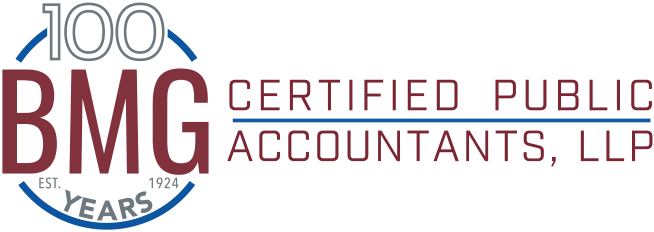Vroom vroom: What businesses should know about sales velocity
Owning and running a company tends to test one’s patience. You wait for strategies to play out. You wait for materials, supplies or equipment to arrive. You wait for key positions to be filled. But, when it comes to sales, how patient should you be? A widely used metric called “sales velocity” can help you decide.
Four-point formula
In a nutshell, sales velocity tells you how quickly deals move through the various stages of your sales cycle to fruition, where revenue is generated.
Putting a number to sales velocity can enable you to benchmark it internally going forward, typically with the goal of speeding it up. Or you may even be able to find industry standards, so you can benchmark your number against those of other similar companies.
So, how do you calculate it? The most widely used formula for sales velocity comprises four components measured over a predetermined period:
1. Number of qualified opportunities (leads that meet certain criteria),
2. Average deal value in dollars,
3. Win rate (percentage of opportunities converted to actual sales), and
4. Sales cycle length in months.
The formula is then expressed as:
Sales Velocity = Opportunities × Deal Value × Win Rate / Sales Cycle Length.
How often you should assess sales velocity depends on your strategic goals. If you really want to improve it, calculate the formula quarterly so you can see how quickly or slowly deals are moving over a year or more. If you’re approaching the subject from more of a curiosity standpoint, you might calculate it annually or semi-annually.
Common challenges
When businesses begin calculating and tracking sales velocity, they run into a variety of common challenges.
First, you might have trouble locating or trusting the four data points included in the formula. If you’re not tracking them regularly, or the information you have is inconsistent or contradictory, you won’t get much benefit from the metric.
In such situations, you’ll probably need to reassess and improve how your business gathers sales data. Make sure you have the right software for your company size and type, and that everyone is using it regularly and properly.
Assuming your data is solid, you might eventually be able to diagnose your business with other typical maladies related to suboptimal sales velocity. One example: lack of alignment between marketing and sales. If the marketing department is focused on certain features or solutions related to your products or services, but your sales staff must constantly readjust the expectations of prospects and customers, closing deals can take much longer.
Other times, sales velocity can reveal issues with the quality or volume of qualified opportunities. It all starts with your leads; bad or shaky ones usually take much longer to turn into qualified opportunities. And even if they do, the criteria used to classify leads as qualified opportunities may be flawed. Also, sometimes businesses over focus on volume of leads and opportunities. If you’re chasing too many prospects, your sales cycle will tend to take much longer to play out.
Last, there’s the most obvious problem: Your sales processes are too complicated! Sales velocity can often be increased by simplifying workflows, reducing unnecessary steps and redundancies, improving internal or external communication (or both), and upskilling salespeople.
Sweet spot
Although it’s tempting to want to make your sales cycle as short as possible, you don’t want to rush things recklessly. The optimal goal of sales velocity is to find your sweet spot and then make continuous improvements and adjustments to stay there. Our firm can help you gather, organize and analyze your sales data.
© 2024

